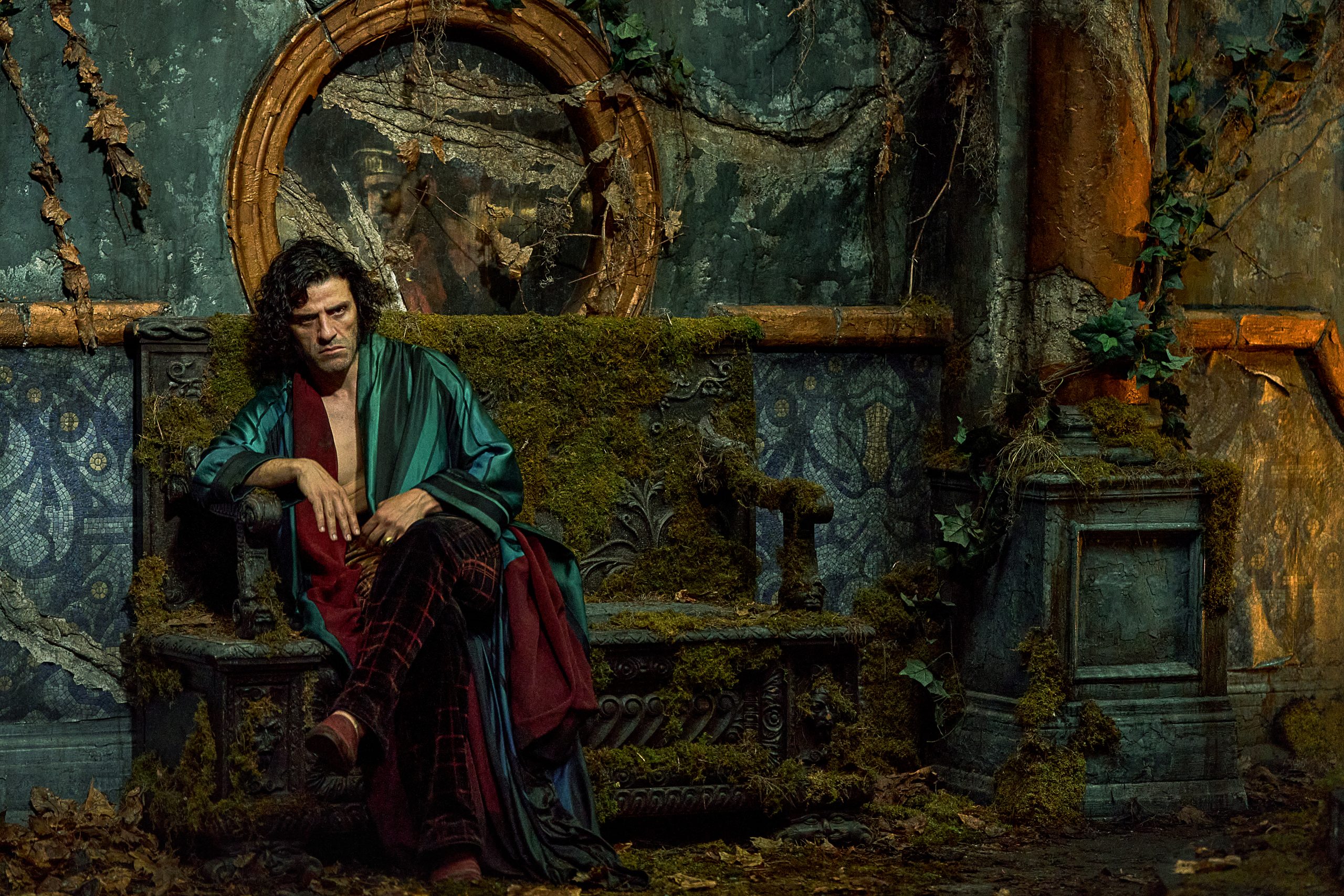Hello, Award Season
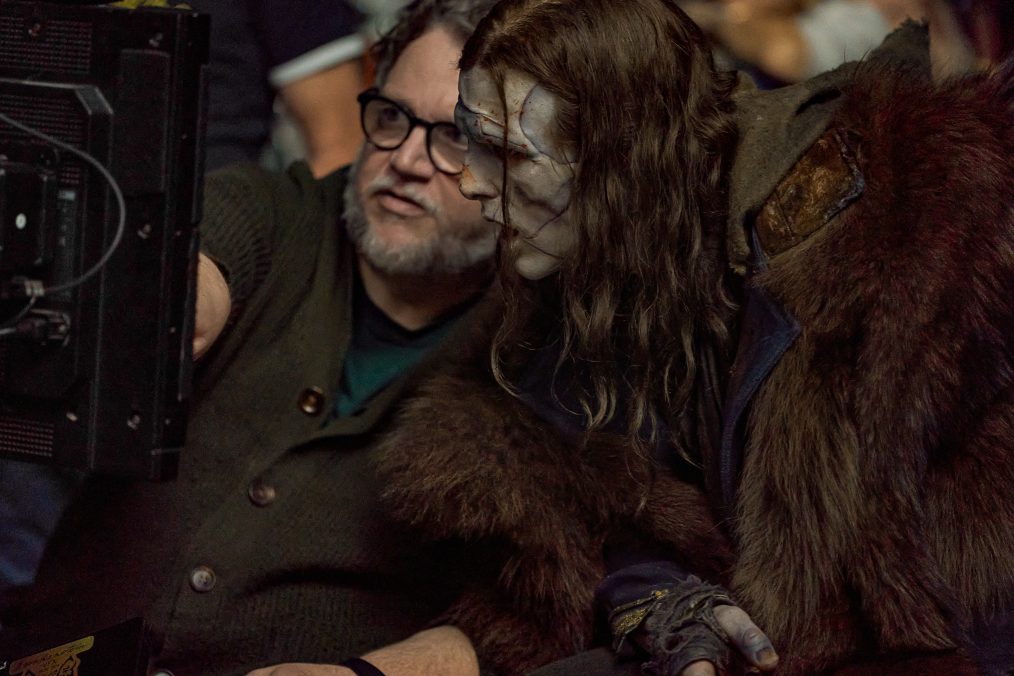
Let me start by saying it clearly: hello, award season. Frankenstein isn’t just one of Guillermo del Toro’s finest achievements — it’s one of the best films of the year. Visually stunning, emotionally haunting, and anchored by powerhouse performances, this film redefines gothic storytelling for a new era.
A Haunting Beginning at Sea

The story opens in the frozen Arctic, where a ship led by Captain Anderson (Lars Mikkelsen) fights through sheets of ice to stay afloat. Amid the chaos, the crew discovers a lone man adrift — Victor Frankenstein (Oscar Isaac) — barely alive, his body battered by the cold. But not far behind him, something monstrous is in pursuit.
Brought aboard, Victor begins to recount his story, unraveling a confession of genius, guilt, and grief that stretches from the halls of academia to the edge of madness.
The Making of a Monster
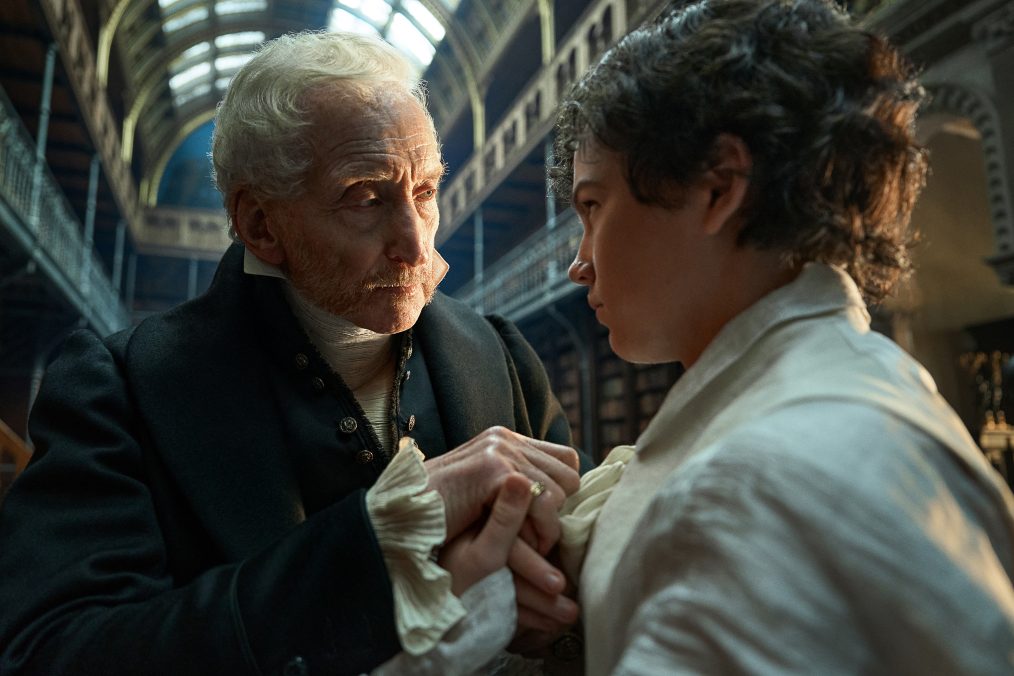
In Part One, we see Christian Convery as young Victor Frankenstein. After losing his mother, Victor becomes consumed by the need to overcome death itself. His father, a respected doctor, failed to save her — and that failure shapes Victor’s life forever.
As an adult, Oscar Isaac brings that drive and torment to life with precision and depth. His Victor is brilliant yet broken, consumed by his belief that he can play god. The reanimation sequence is a masterclass in tension and horror. The sounds — flesh tearing, bones cracking, electricity snapping through veins — make your skin crawl. It’s brutal, cinematic, and unforgettable.
The film’s use of body horror is staggering. Every act of creation feels like an act of violence, and yet you can’t look away. Del Toro wants you to feel what it means to make life out of death.
The Creature’s Tale
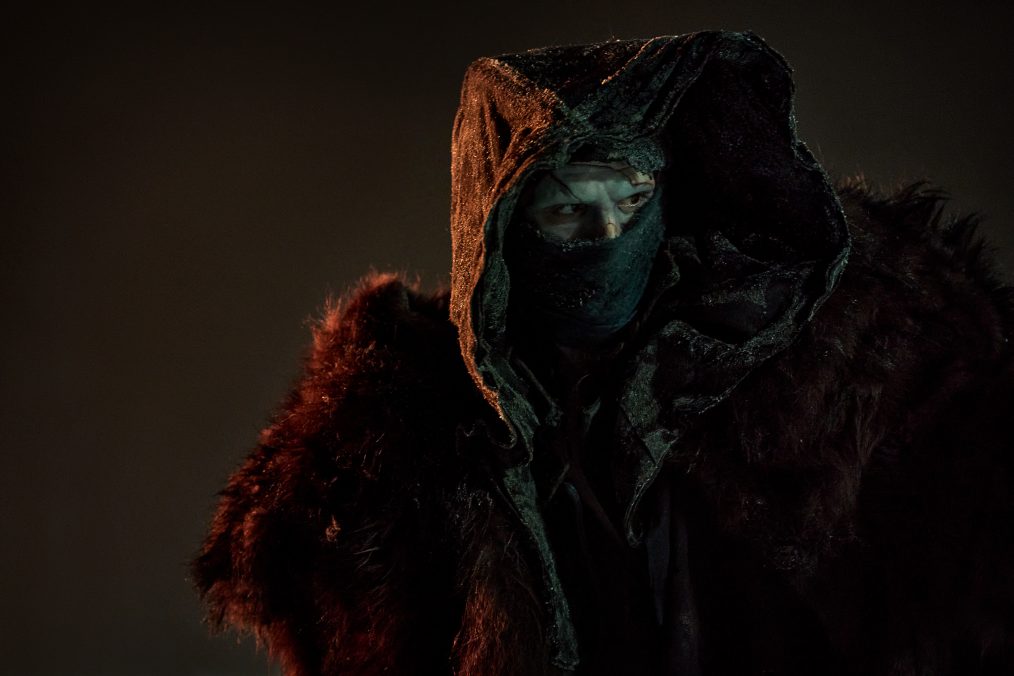
By the time the Creature finally catches up to Victor in the Arctic, the confrontation takes an unexpected turn. What should be revenge becomes revelation. The film shifts perspective to the Creature’s story — Part Two, told through his narration.
Jacob Elordi delivers one of the most moving performances of the year. His portrayal is both haunting and human, full of yearning and philosophical weight. His narration reframes everything we’ve seen, turning the so-called monster into a mirror for humanity’s failures.
When he says, “I cannot lie, yet the world still fears me,” it hits with devastating truth. The Creature’s loneliness, his curiosity, and his growing understanding of rejection make his story as tragic as it is terrifying.
His narration transforms the movie from horror to heartbreak — a reflection on identity, responsibility, and the longing to be loved.
Blood, Brutality, and the Beauty of Chaos
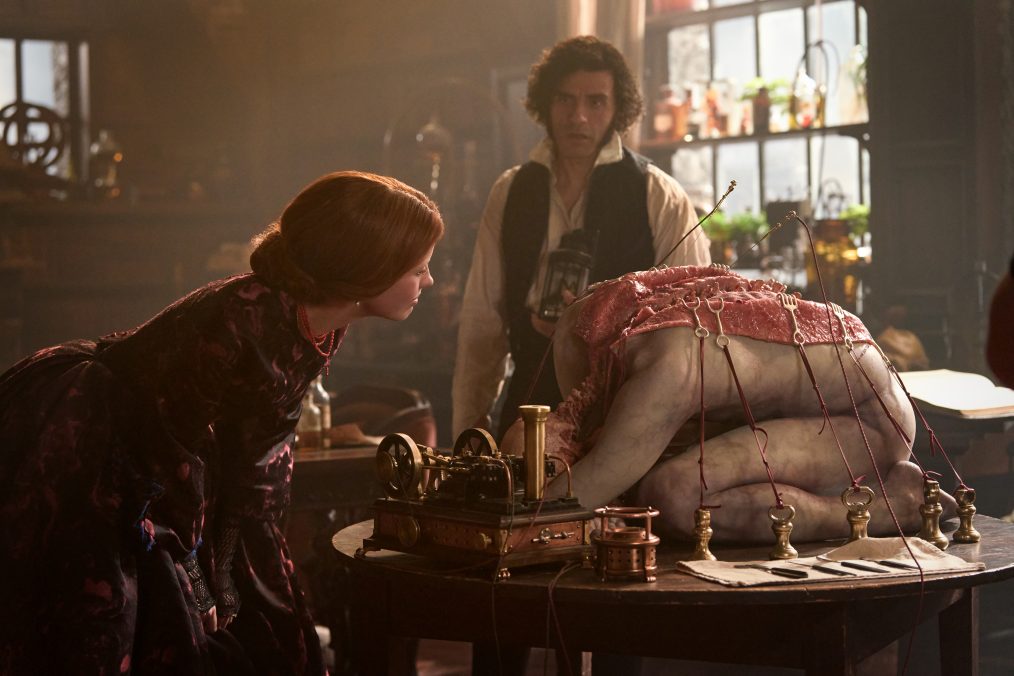
For those expecting another slow adaptation of Frankenstein, prepare for a shock. This version moves like a living organism — it breathes, pulses, and bleeds. The action sequences are relentless, the fights are raw and primal, and the violence feels earned, never excessive.
Your heart will pound from the intensity, then ache from the emotion. The film blends gore with grace — a collision of humanity and horror that feels alive in every frame.
Victor isn’t portrayed as a noble genius but as a flawed man who created life and refused to nurture it. Watching him reject his creation feels like watching a parent abandon a child — or, as you put it, like someone adopting a pet and failing to understand the responsibility that comes with it. That metaphor perfectly captures the tragedy at the heart of the film: creation without compassion.
Creature Design and Cinematic Craft
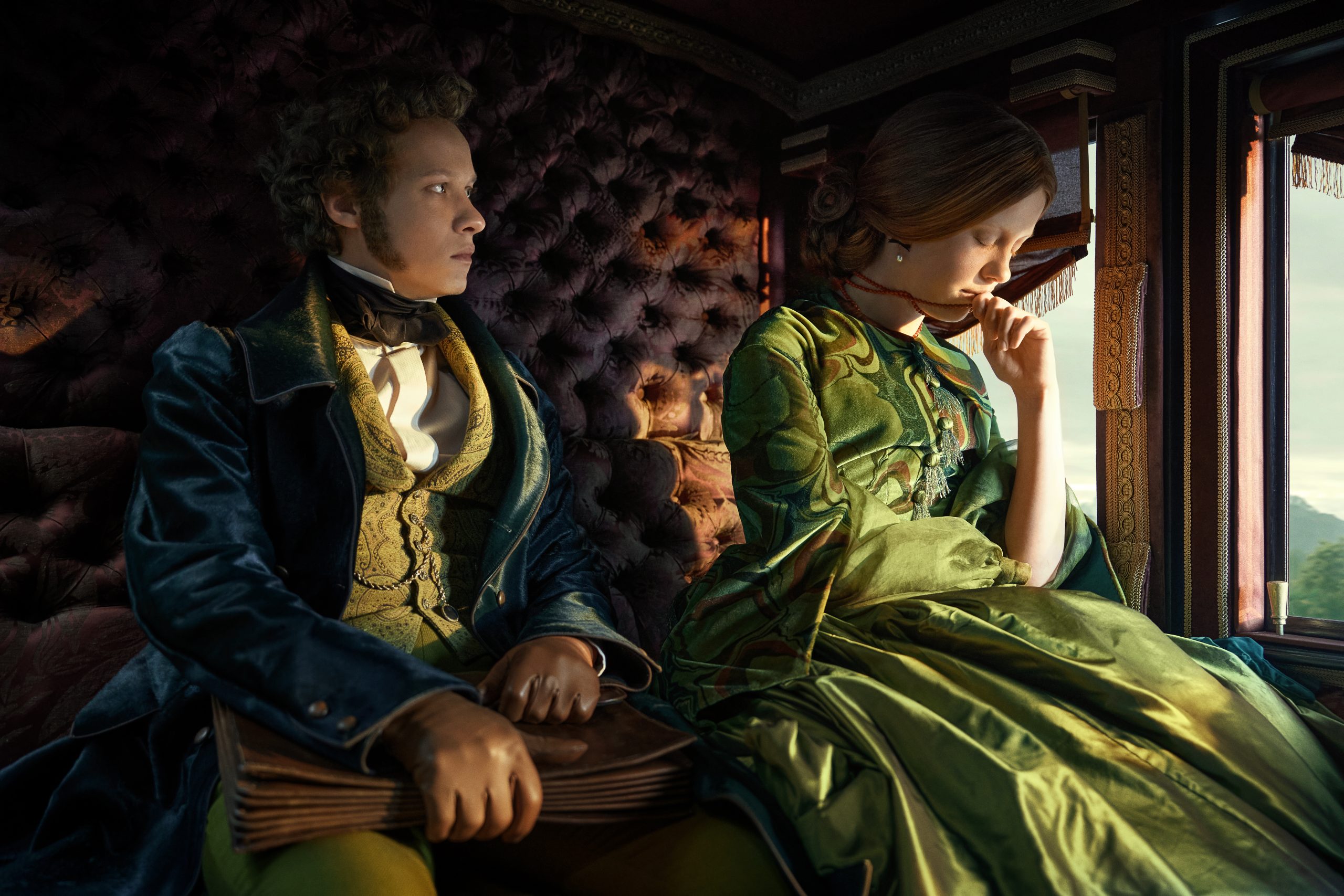
You expect nothing less from Guillermo del Toro when it comes to design, and Frankenstein delivers on every level. The Creature’s design is astonishing — equal parts grotesque and graceful, the kind of visual storytelling that only del Toro and his longtime collaborators can achieve.
The special effects and make-up work are top-tier, merging practical craftsmanship with emotional storytelling. Every scar, every movement, every flicker of expression tells its own story. It’s artistry through anatomy.
This attention to design and detail is now being celebrated in the real world too. Del Toro’s team has brought Frankenstein to life beyond the screen with the immersive exhibition “Frankenstein: Crafting a Tale Eternal” in London. Open to the public from October 17 through November 9 at The Old Selfridges Hotel — in partnership with the BFI London Film Festival’s LFF for Free program — the exhibition recreates the worlds of Victor Frankenstein and the Creature, giving fans a rare look into the craftsmanship that defines this masterpiece.
It coincides perfectly with the film’s November 7 Netflix debut, alongside the striking Tiffany & Co. high-voltage window displays in New York City, reminding us that Frankenstein isn’t just a movie — it’s an artistic event.
Humanity Through Beauty: Mia Goth’s Graceful Power
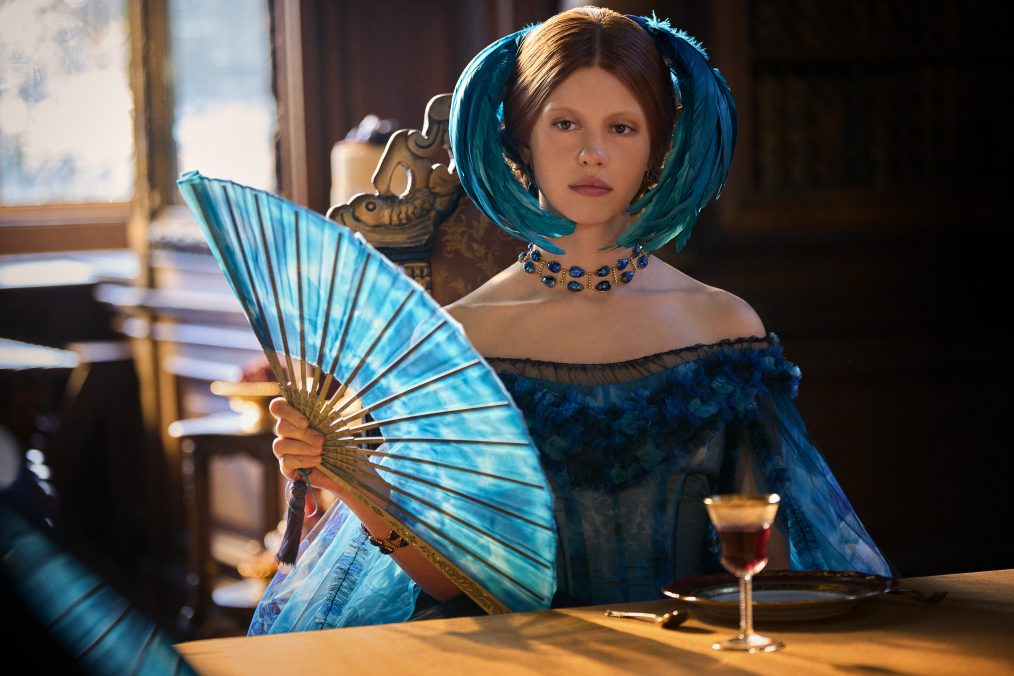
Amid the madness and obsession, Mia Goth’s work as Elizabeth stands as the film’s emotional anchor. Her performance radiates compassion and quiet strength — every glance, movement, and word charged with empathy and grace. She brings warmth to a story built on cold ambition and fractured morality, grounding Frankenstein in something deeply human.
Her scenes with the Creature are especially devastating. There’s a gentleness to her presence that cuts through the film’s brutality, and when the two share the screen, it’s impossible not to feel moved. These moments — tender, tragic, and full of aching humanity — will bring many to tears. As Elizabeth, Mia Goth embodies a woman who still believes in goodness, searching for the best in everyone around her, even in those the world has already deemed monstrous.
Visually, she’s a spectacle in her own right. Every costume she wears is vibrant and meticulously detailed, a deliberate contrast to the bleakness surrounding her. The costume design captures both elegance and defiance — flowing silks, rich crimsons, and layered textures that make her glow even in the lowest candlelight. In scenes drenched in shadow, she somehow shines brighter, as if refusing to let the darkness win.
Elizabeth represents the film’s soul — the embodiment of empathy, forgiveness, and emotional courage. Through her, del Toro gives us a glimpse of humanity’s best qualities in a story consumed by its worst. Her presence doesn’t just add heart; it elevates the entire film to something timeless and transcendent.
Del Toro’s Vision and Craftsmanship
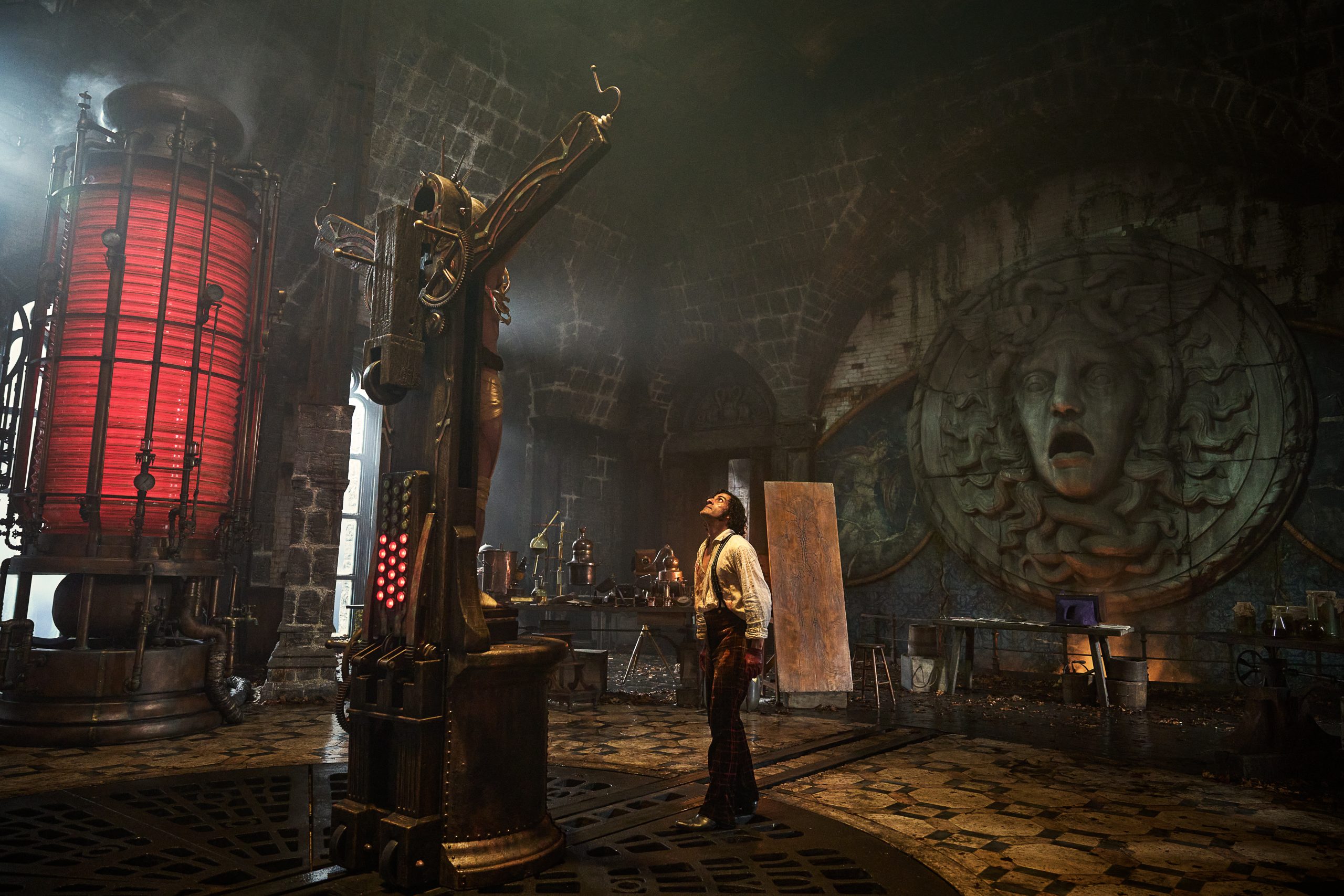
Del Toro directs like a painter working in light and shadow. The cinematography is breathtaking — from the dimly lit laboratories to the blinding Arctic tundra. The color palette moves from cold blues and silvers to deep crimson reds, evoking both beauty and decay.
The sound design is flawless. Every hum, heartbeat, and electric charge carries tension. The score is emotional and sweeping, blending haunting strings with industrial rhythms that echo both creation and destruction.
Humanity Beneath the Horror
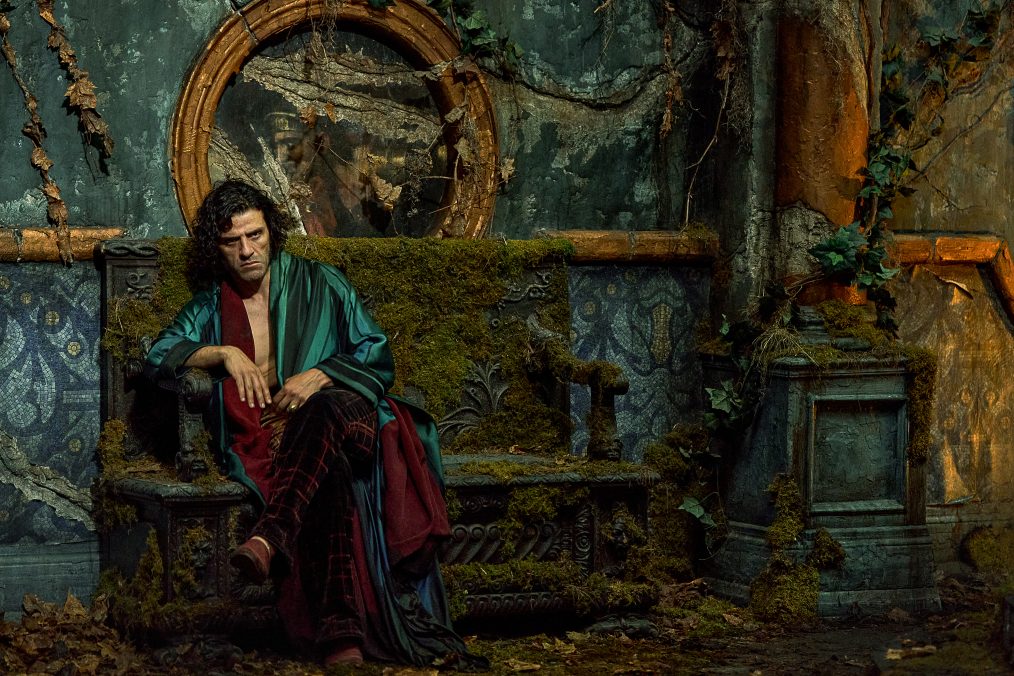
At its core, Frankenstein is not about monsters; it’s about man’s failure to love what he creates. Victor’s obsession with life blinds him to living. The Creature’s rage is born from rejection. Del Toro weaves their stories together as a reflection on grief, ego, and empathy.
This is also a story about fatherhood, accountability, and the danger of ambition without compassion. Creation requires responsibility — and in ignoring that truth, Victor becomes the real monster.
By the film’s end, both man and creature are victims of their own loneliness, forever connected by the sins of creation.
Final Verdict: A Gothic Triumph
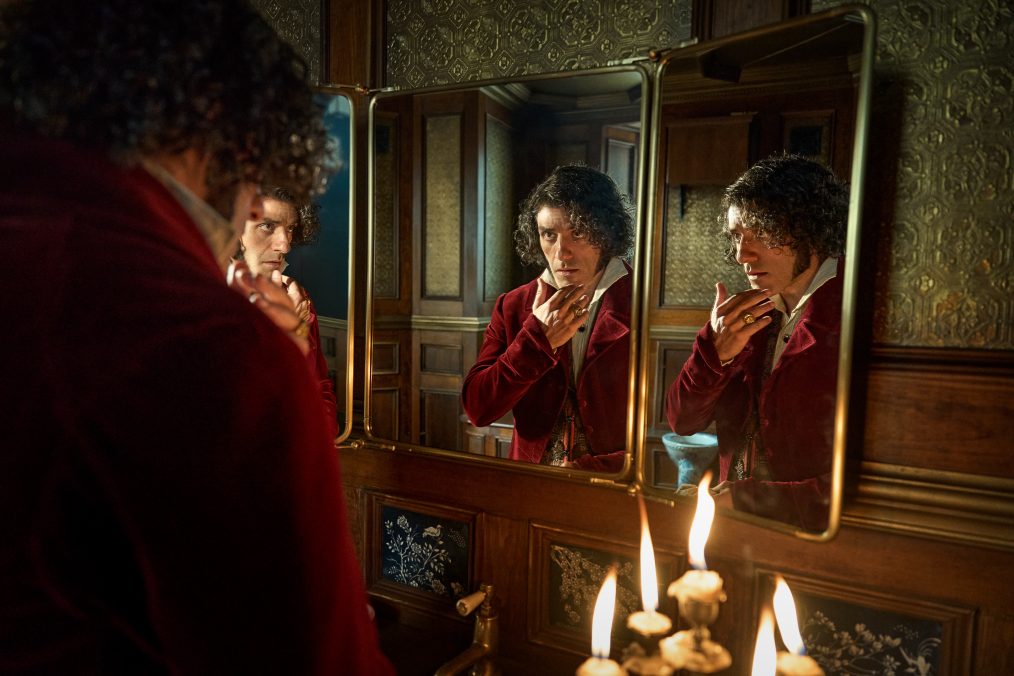
Guillermo del Toro’s Frankenstein is a masterpiece — brutal, beautiful, and profoundly human. It’s everything a gothic film should be: haunting, heartfelt, and unforgettable.
Oscar Isaac gives one of his best performances as Victor Frankenstein. Jacob Elordi’s portrayal of the Creature is career-defining, Christian Convery delivers emotional weight as young Victor, and Mia Goth, Christoph Waltz, and Lars Mikkelsen all shine in support.
This film has it all — breathtaking visuals, bone-crushing action, heartbreaking emotion, and an artistry that only Guillermo del Toro could deliver. If you think you’ve seen Frankenstein before, think again. This one is alive.
Editor-in-Chief | Owner
I’m a dedicated aficionado of all things movies, pop culture, and entertainment. With a passion for storytelling and a love for the silver screen, I’m constantly immersed in the world of cinema, exploring new releases, classics, and hidden gems alike. As a fervent advocate for the power of film to inspire, entertain, and provoke thought, I enjoy sharing my insights, reviews, and recommendations with fellow enthusiasts.

